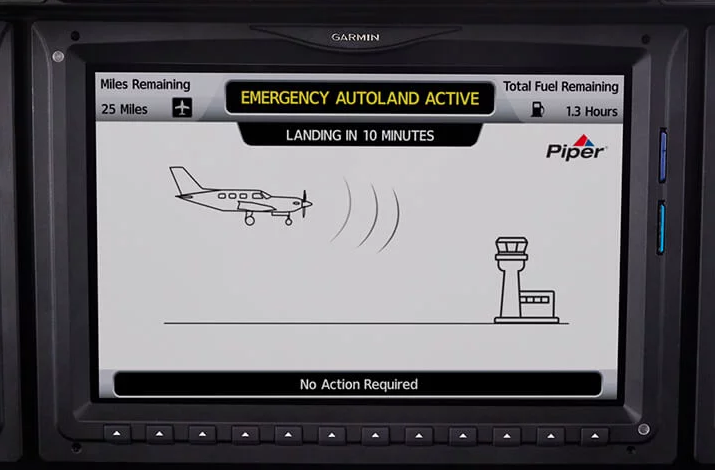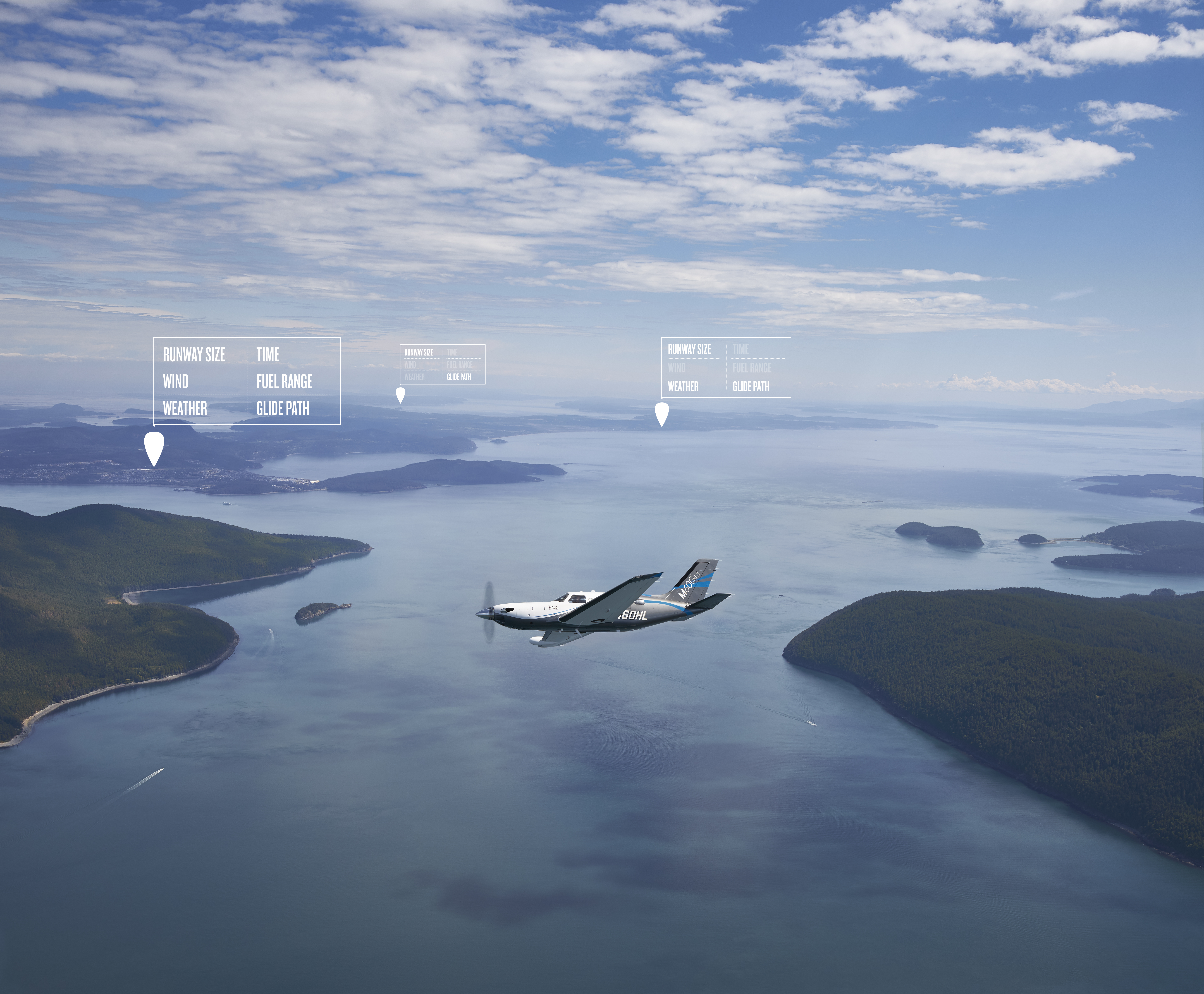Technology

- Details
- Category: Technology
Read more: Remote-controlled humanoid robots are a step closer
Write comment (96 Comments)Herea horror scenario for you: You&re flying in a small plane and suddenly the single pilot who knows how to fly passes out. In the movies, somebody would probably talk one of the passengers through safely landing the plane. In reality, thatunlikely. Flying planes is hard.
Now, however, planes outfitted with the Garmin G3000 flight deck will have the option to include a system that will land the plane in an emergency with just the push of a button.

Autoland takes all the navigation and communications tech in the plane and combines that with a sophisticated autopilot. Once a passenger activates the autoland feature — or the plane determines the pilot is incapacitated — the system will look at all the available information about weather, remaining fuel on board and the local terrain to plot a route to the nearest suitable airport. It&ll even alert air traffic control about whathappening, so they can route other planes around you.
The system also then takes over all of the touchscreens in the plane that are part of the G3000 flight deck and displays a simplified interface that allows the passengers to talk to air traffic control — and very little else.
Taking all of that information into account, the plane then plans the decent, lands the plane and shuts down the engines.
&The vision and development of the worldfirst Autoland system for general aviation was a natural progression for Garmin as we looked at our aircraft systems and existing autonomous technologies and recognized it is our responsibility to use these building blocks to deliver a technology that will change lives and revolutionize air travel,& said Phil Straub, Garmin executive vice president and managing director of aviation.

Itimportant to note that this is meant to be a system thatonly activated in the case of an emergency. Because it automatically alerts the authorities when somebody presses the button, nobody is going to activate it unless itabsolutely necessary — and the FAA would surely want to ask you a few questions.
It does show, however, that we&re getting closer to a time when autopilot systems get significantly smarter. The number of variables a system like Autoland has to deal with is relatively small compared to those an autonomous car in a city has to navigate, after all. And autopilot systems for planes have already become quite sophisticated.
The launch partners for Autoland are Piper and Cirrus, which are making it an option in the 2020 models of the Piper M600 turboprop and Cirrus Vision Jet, pending FAA authorization. Those cost a few million dollars, though, so you better save up. Existing planes with the Garmin G3000 cockpit may also be retrofitted with the autoland capability, but thatup to the manufacturer.
Given how old the general aviation fleet in the U.S. is, you&re not going to see any planes with this feature at your local airport anytime soon, though. Most of those 1970s Cessna 150s for rent at your local FBO don&t even have an autopilot, after all.
- Details
- Category: Technology
Read more: With Garmin Autoland, small planes can land themselves if the pilot becomes incapacitated
Write comment (91 Comments)
- Details
- Category: Technology
Read more: Free Apple TV for a year with Apple products - and the cheapest item is £149
Write comment (94 Comments)
The Apple AirPods Pro are, without a doubt, a culmination of years’ worth of Apple’s work in the true wireless earbuds space. Not only are they exceptionally easy to setup, they’re also far more comfortable and come with tons of new features like noise-cancellation and adaptive EQ.
That being said, they’re also way more expensive than the standard
- Details
- Category: Technology
Read more: AirPods Pro vs Apple AirPods: is it worth upgrading to the AirPods Pro
Write comment (91 Comments)
- Details
- Category: Technology
Read more: Cannabis retrieved from man's nose after 18 years
Write comment (100 Comments)
At the heart of TechCrunch is our community. We want TechCrunch.com to feel like a home base for founders, investors and anyone who comes to us for breaking news and analysis of major tech giants and startups. That includes engaging with our community. We&re excited to introduce TechCrunch readers to our new commenting system, which is powered by Spot.IM.
Some new features you can tap into:
- Real-time comments. You&ll be able to see when someonein the process of responding to you or typing a new comment.
- GIFs! Drop GIFs and images into the comment box.
- Top commenters.
- Text styling.
- Notifications when another user likes or replies to your comment.
- Community questions. This feature lets our writers pose questions to you directly on an article. Chime in with your ideas!
As always, bullying has no place on TechCrunch.
This includes but is not limited to harassment based on:
- Race
- Ethnicity
- Gender
- Gender identity and expression
- Sexual orientation
- Disability
- Physical appearance
- Body size
- Age
- Religion
If you breach these guidelines, you&ll be banned for life. Use your best judgment and don&t be a jerk.
Publishers must be bold in adopting user-centric models to win the webwar for attention. Spot.IM founder and CEO Nadav Shoval joined TechCrunchTravis Bernard for a discussion on why publishers must be community-centric.
- Details
- Category: Technology
Read more: Announcing TechCrunch’s new commenting system
Write comment (91 Comments)Page 478 of 5614

 17
17